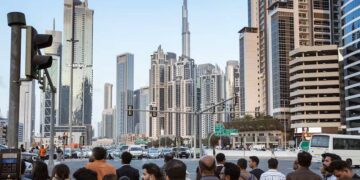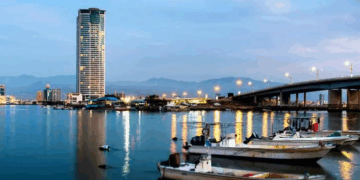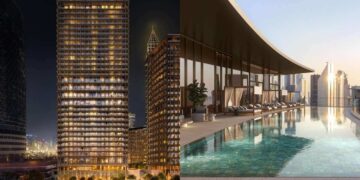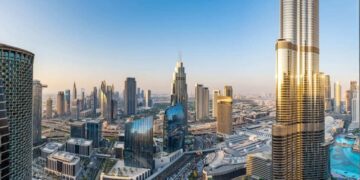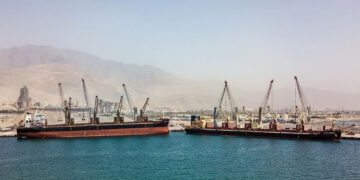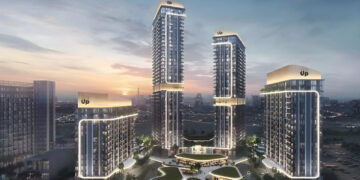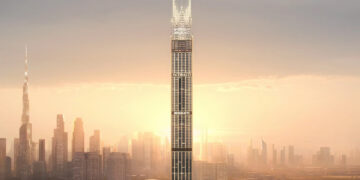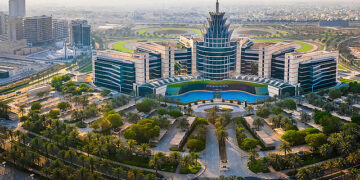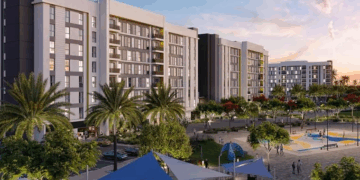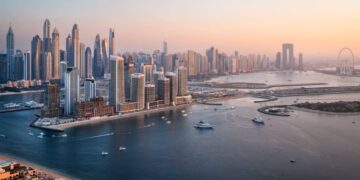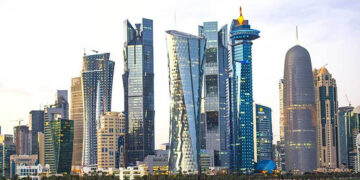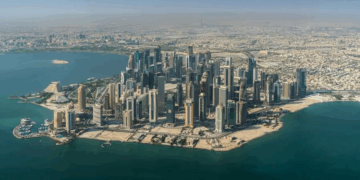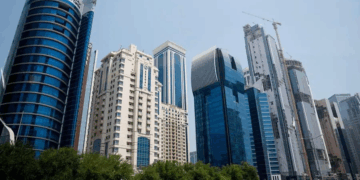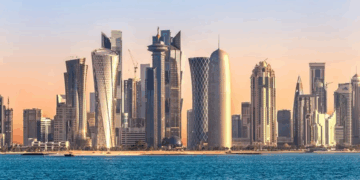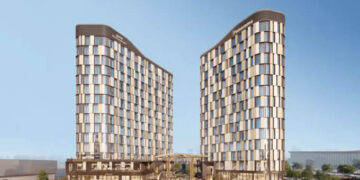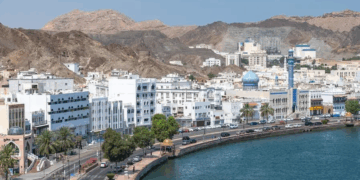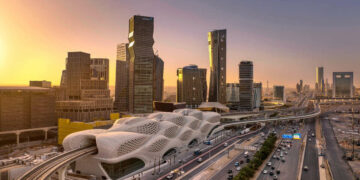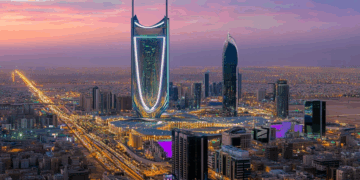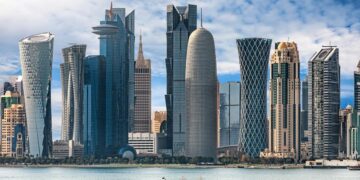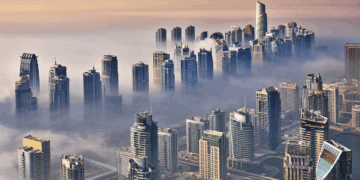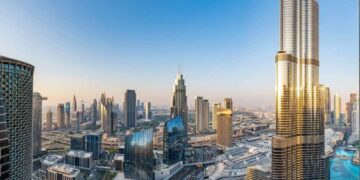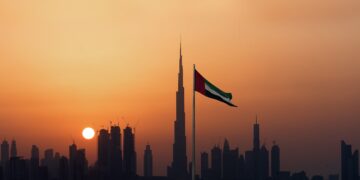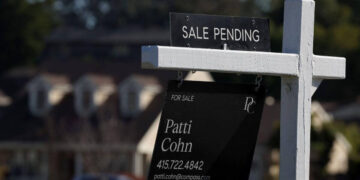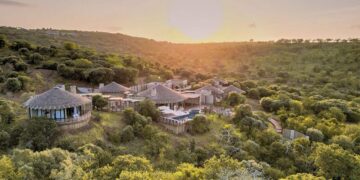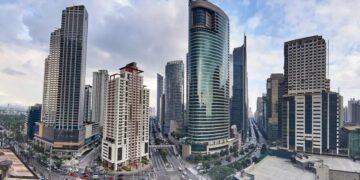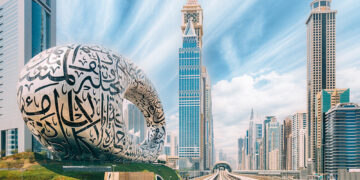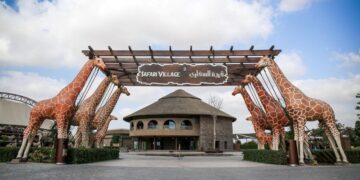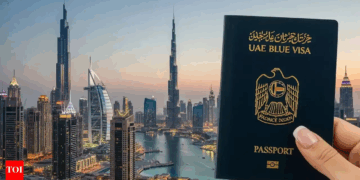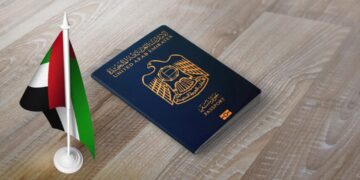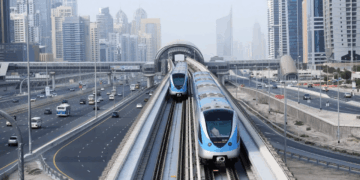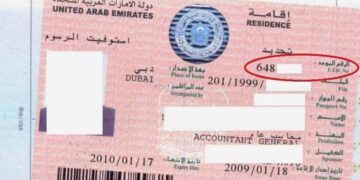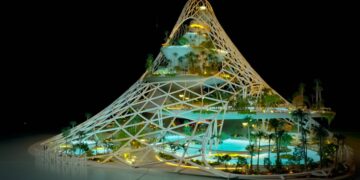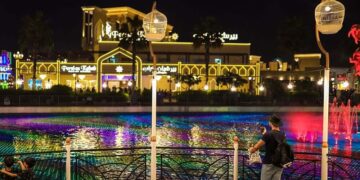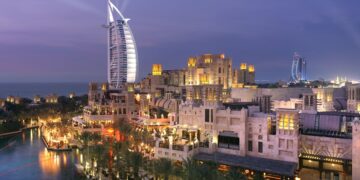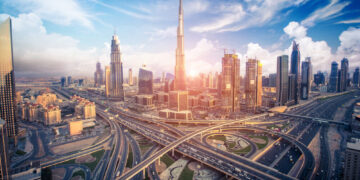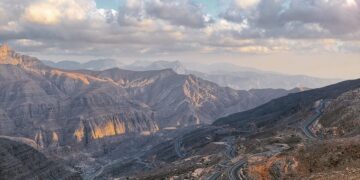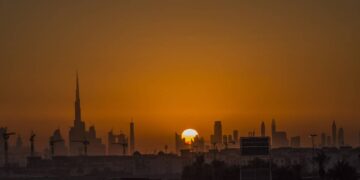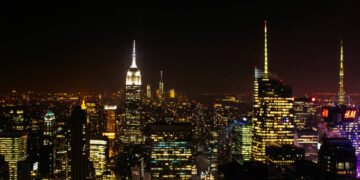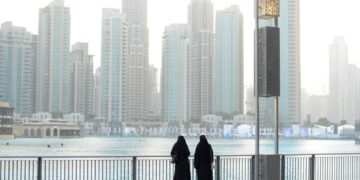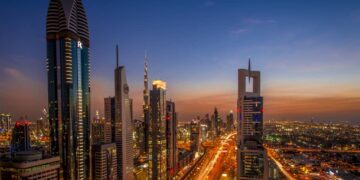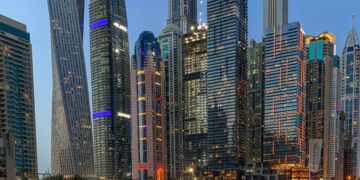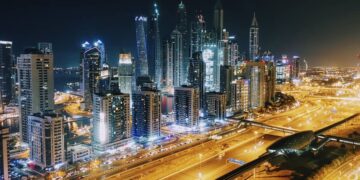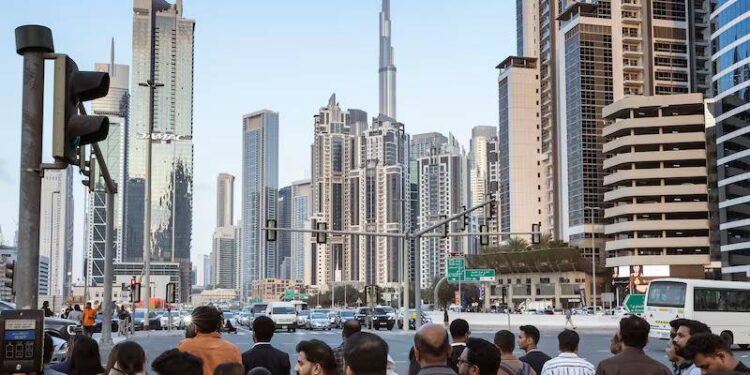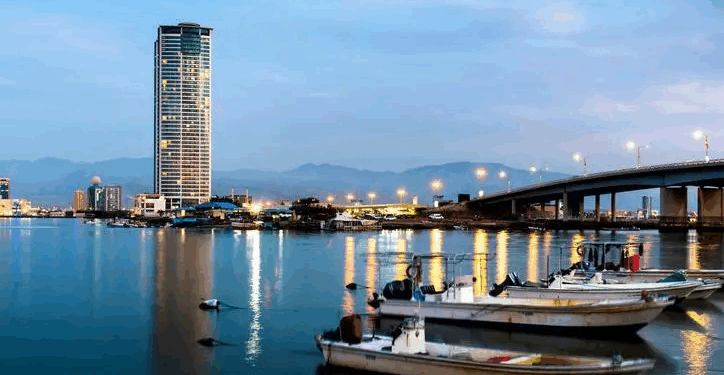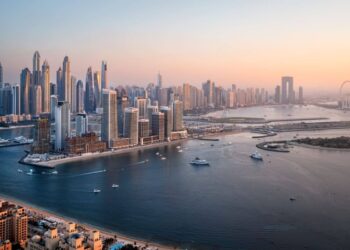The need for housing in Dubai has reached an unprecedented level as population growth continues to drive the absorption of offers in the housing market. According to Real Estate Consulting Ballast, housing needs have reached unprecedented levels.
Dubai population had grown to 3.92 million by the end of March, adding 89,695 new residents during the first three months of the year, with an average of around 1,000 people added per day. The net population growth in 2024 was 170,478, an average of less than 500 per day, according to Valustrat, a new report.
“Securing an affordable home to buy or rent is becoming more difficult in an increasingly unaffordable market,” said Haider Tuaima, managing director and head of real estate research at ValuStrat.
“There has been consistent annual growth in capital values across all segments, according to the ValuStrat Price Index, which tracks the residential market. Apartment prices have risen by 21.4 per cent, while villa prices have increased by 30.3 percent. Rents have also surged, with villa rents up by 5.1 per cent and apartment rents rising by 10 per cent.”
The number of people who want to buy or rent someone or rent is greater than the amount of available properties. According to a previous report from Valustrate, 27,000 new homes were completed in 2024, the lowest number in six years, according to the consulting company. In the meantime, the Emirate’s population continued to grow. This means that demand has significantly exceeded supply.
The Dubai real estate market benefits from state initiatives such as residence permits for retired and remote workers, expansion of the 10-year Golden Visa Program, and overall growth of the VAE economy into diversification efforts.
Approximately 61,580 new homes in Dubai will be delivered in Dubai this year, with 70% being delivered as apartments and 30% villas/townhouses. Of these, 19%, or almost 12,000 apartments and villas, were completed in the first quarter, Valustrat said.
“This is not unexpected, considering that just over half of last year’s projected deliveries were ultimately handed over,” Mr Tuaima said.
According to ValuStrat, there are currently 29,649 villas and town homes and 141,404 apartments under construction, with handovers anticipated by 2029. Of these projects, 12 per cent is located in Jumeirah Village Circle, with another 7 per cent located in Business Bay followed by Jumeirah Lakes Towers with 5 per cent, the firm discovered.
Off-plan Oqood (contract) registrations, which represented investments of Dh77.3 billion, decreased by 8% in the first quarter as compared to the preceding three months, but they increased by 37.5% annually. According to the data, 12,396 secondary ready-home transactions were registered in the first quarter, representing investments of Dh33 billion. These transactions were up 5.8% year over year but down 7% quarter over quarter.
In the first three months of 2025, the Dubai real estate market saw 9,388 mortgage transactions across all asset classes, while 14,386 cash transactions of ready-to-move-in residences were recorded. Cash transactions were Dh33 billion, while mortgage transactions accounted for Dh21 billion of the overall sales value.
“The only downside this quarter was the decline in residential sales, both off-plan and ready properties, as well as a decrease in mortgage applications, though this is only when compared to the previous quarter. This trend is neither unprecedented nor unexpected and may be attributed to a mismatch between supply and demand, potentially leading to a market correction at some point,” according to Mr Tuaima.
On average, most shared apartments fell 8.1% below their capital value ten years ago. Surprising exceptions include residences at Palm Jumeirah, Greens and Jumeirah Beach. In contrast, villa reviews in Dubai surpassed the market highs, which averaged before 59.9% compared to 10 years ago.
In the first quarter, Villa Capital Gains recorded an annual increase of 30.3% and 6.2%. The most important annual growth was observed in the Jumeirah Islands, Palm Jumeirah, Emirates Hills and Meadows, but Mudon recorded the lowest profits.
Apartment values increased by 3.8% on a quarterly basis and by a slower rate of 21.4% on an annual basis. The Greens, Dubailand Residence Complex, Palm Jumeirah, Town Square, and The Views saw the largest capital gains during the year.
Villa asking rents increased 5.1% annually but stayed constant on a quarterly basis. According to the firm, flat asking rentals rose by 1.6% on a quarterly basis and by 10% on an annual basis.
